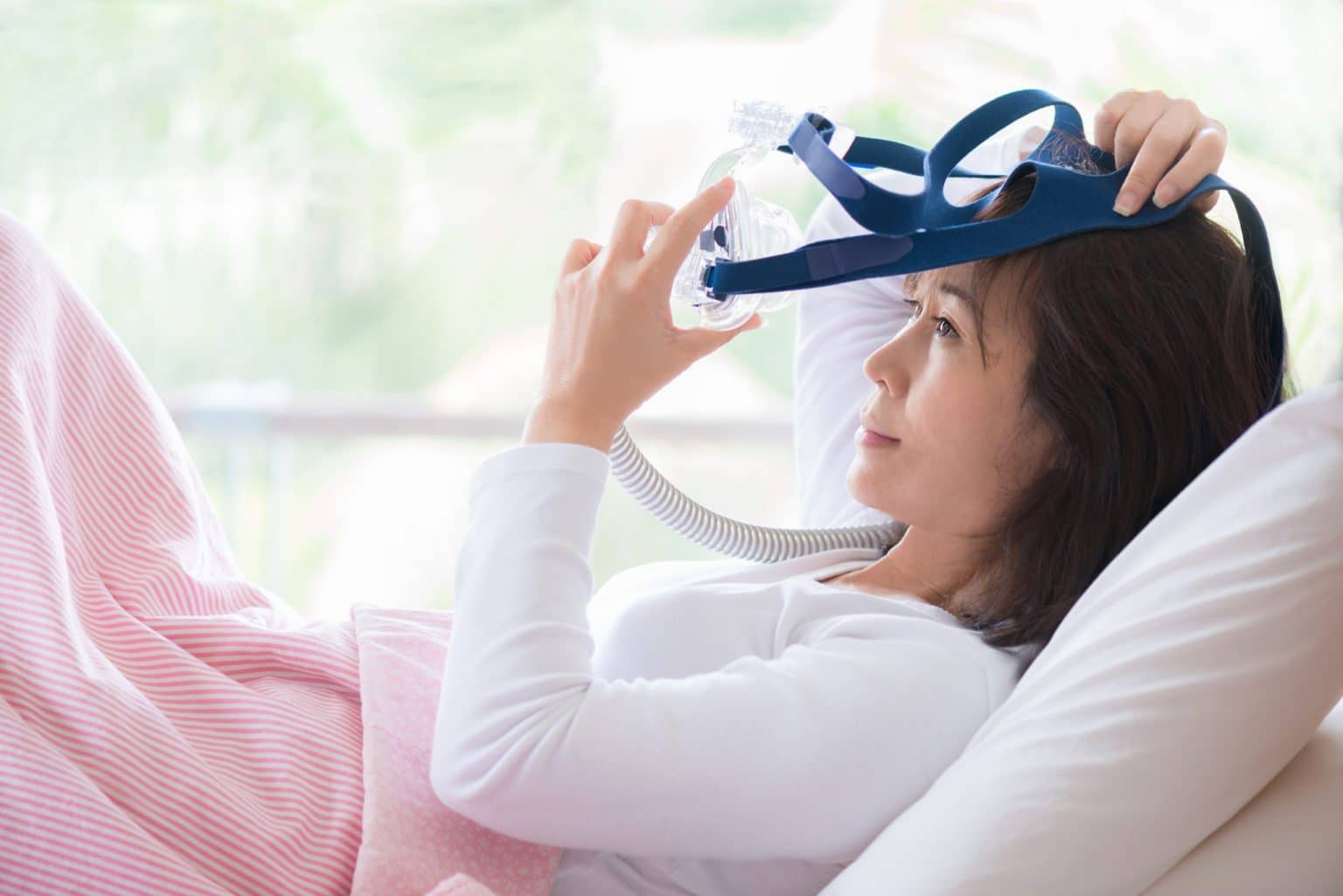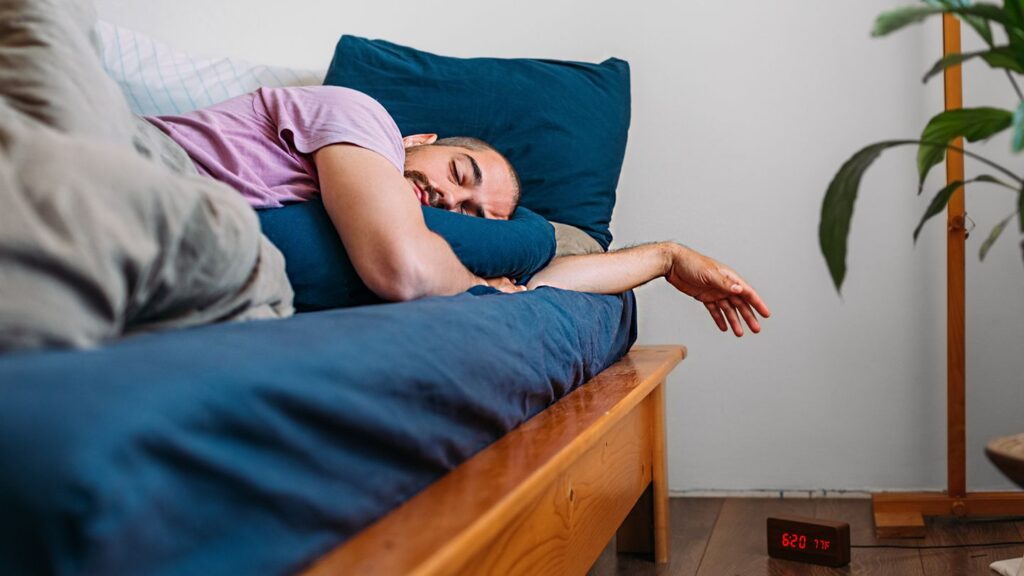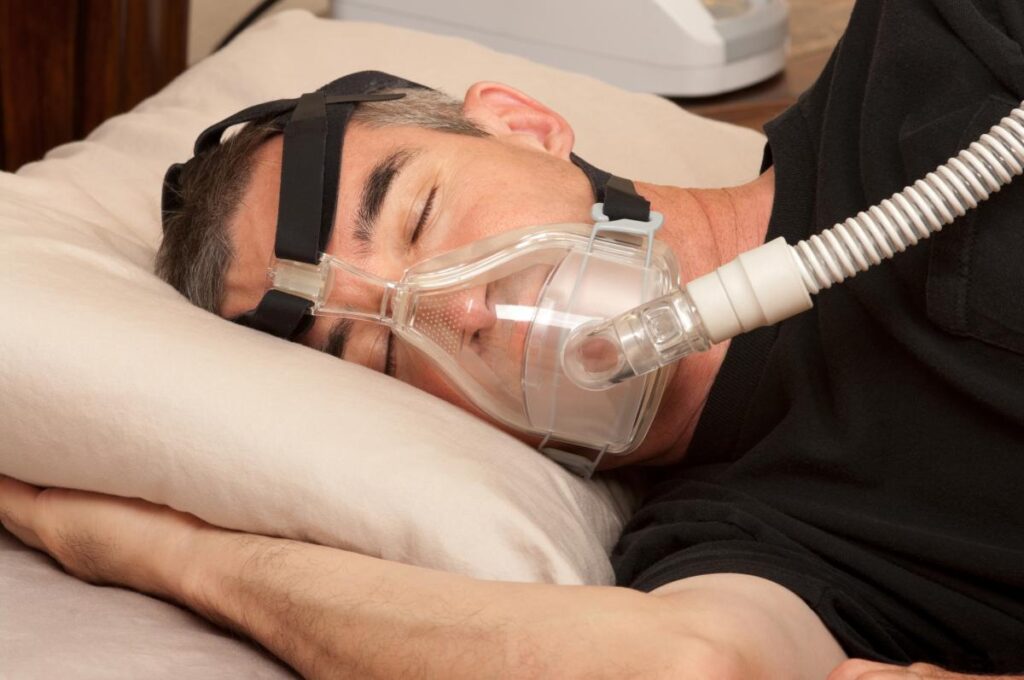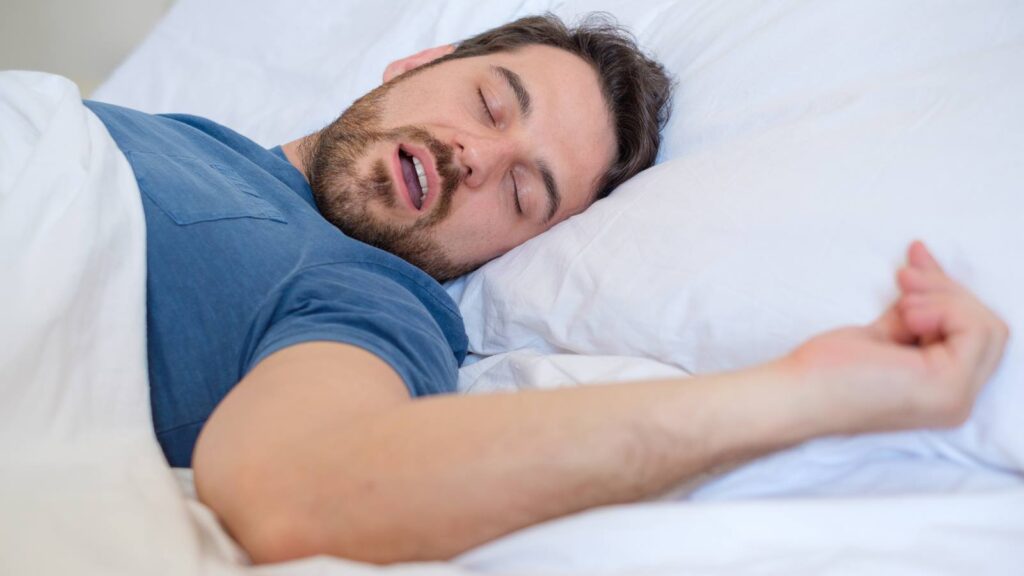5 Types of sleep tests for sleep apnea

There’s an amount of sleep required for your body to function correctly. If you’re not getting that quantity and quality sleep, there’s a cause for alarm. However, if you’re seeing some symptoms of sleep apnea, there are several tests your doctor can do to detect if you’re genuinely battling with it. If you suspect you have a problem with their sleep, a sleep study is the first step you must take. There’s a substantial value in sleep studies.
More importantly, sleep tests provide patients with the accurate sleep disorder diagnosis to start the necessary treatment. Patients with sleep disorders need to improve the quality of their lives. This write-up promises to be engaging, educative, and informative. Just follow us closely.
Therefore, in this article, we will be explaining the meaning of sleep apnea and its symptoms. Not only that, but we would also explain in detail the five types of sleep apnea test. However, you need to sit tight and shun all distractions.

What is sleep apnea (SA)?
Sleep apnea is a critical sleep disorder that occurs when breathing stops and starts repeatedly. One is considered to be battling with SA if one snores loudly while sleeping. We can’t define sleep apnea (SA) without considering its types. There are three types of SA. They are; obstructive sleep apnea (OSA), the central sleep apnea (CSA), and the complex sleep apnea syndrome (CSAS)
The OSA happens when the throat muscles relax. It occurs when the muscles in the back of one’s throat relax excessively to allow normal breathing, while central sleep apnea occurs when one’s brain doesn’t send the proper signal to the muscles that control breathing. And once the powers that hold breathing fail to receive the appropriate signal from the brain, there will be a sleep disorder.
Hence, what is complex sleep apnea syndrome? Complex sleep apnea syndrome is otherwise known as treatment-emergent central sleep apnea. It occurs when one has both obstructive sleep apnea and central sleep apnea. In other words, it is the combination of the first-mentioned two types of sleep apnea. Knowing the meaning of SA, one must know about the types of sleep tests available.

Types of sleep tests for sleep apnea (SA)
- Polysomnogram: Polysomnogram will be carried out on anyone with a sleep disorder. It is a test that can detect SA and other sleep disorders. For clarity, let us define it this way. A polysomnogram is a diagnostic tool usually conducted at night at the clinic or sleep center. This sleep test is set to monitor the sleep cycles and levels to pick out any disturbances caused by sleep disorders. One will be connected with some equipment that will monitor brain activity. Also, during this test, one will be connected with equipment that’ll help monitor breathing and muscle activity. After the doctor has carefully looked into it, the outcome from this test will explain the type of sleep disorder one is battling, including SA. The best candidates for this test are people who may have a sleep disorder like obstructive sleep apnea (OSA). A polysomnogram is also used to diagnose CSA, idiopathic hypersomnia, narcolepsy, and hypersomnolence disorders. It is also used to diagnose REM behavior disorder.
- Multiple sleep latency tests (MSLT): MSLTs are tests carried out on people with too much daytime sleepiness. It also measures the rate at which one falls asleep in a quiet place in the daytime. You might be wondering if sleeping too much during the day is a sleep disorder. Of course, it’s a sleep disorder. Multiple sleep latency test is used to diagnose narcolepsy and idiopathic hypersomnia. To undergo this test, you must dedicate a day to it. This test consists of five scheduled naps. So, in each rest, one must sleep. The work of this test is to measure the exact time you fall asleep once the lights go out. It is expected that you should be awake after fifteen minutes of sleep. So, if you don’t fall asleep within twenty minutes, then the nap trial should end. So, who is the best candidate for MSLT? This test is meant for those with too much sleep in the daytime. People that cannot control their urge to sleep are the ones that need this test.
- CPAP Titration: This sleep study is carried out overnight in the sleep laboratory. During this test, the sleep specialist will monitor your breathing and adjust the continuous positive airway pressure to know the normal air pressure required to prevent upper airway blockage. Also, this sleep test will eliminate pauses in your breathing during sleep. During this test, you’ll put on a nasal mask connected to a tube on a slight pressure generating device. This test will measure your breathing, heart, oxygen levels, brain waves, and arm and leg movements.

- Split night study: If you’re battling severe OSA, the split night test is what you need. The split night study tests diagnosis obstructive sleep apnea and titrates continuous positive airway pressure in a single night, reducing the time to treatment. This study determines your PAP settings during the night without coming for another night session. This test is highly recommended if you want just a night sleep test.
- Maintenance of wakefulness test: This test will also take an entire day. One will be at the sleep clinic for almost a day. MWT measures how awake or alert you are during the day. It is a practical test to measure if you can stay awake for some time in a comforting, quiet, and stimulation-free atmosphere. During this test, you’ll be given some time for trials during the day in a dimly lit and peaceful bedroom.
On a final note
Dear reader, we hope we have engaged you with something instructive and educative. In this write-up, we explained the meaning of SA and its types. Then, we also explain in detail the five tests one can use to detect SA and any other sleep disorder. Finally, we would like you to help us share the link to this page with family and friends. Do you have a question regarding this topic? Don’t hesitate to drop your question in the comment box.
More to read:
How to handle the post-surgical complications of a cataract surgery